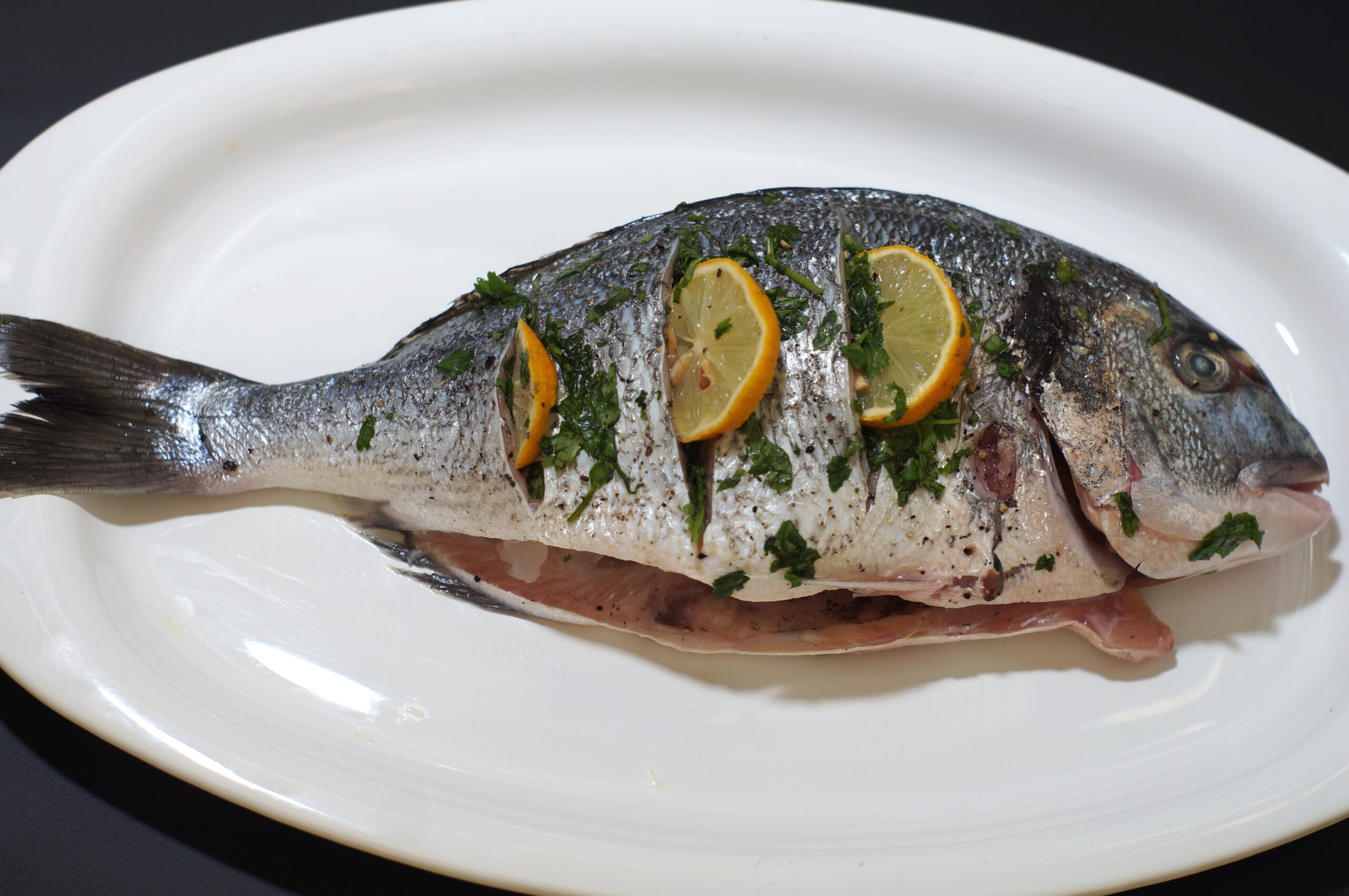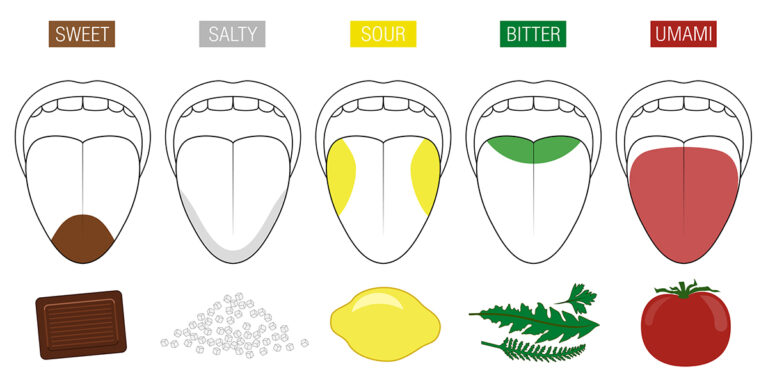
Introduction: The Culinary Time Machine
Food is more than just sustenance—it’s a reflection of history, culture, and human creativity. Over centuries, recipes have been passed down through generations, yet some dishes have mysteriously faded into obscurity. From ancient delicacies to forgotten comfort foods, many once-popular meals have been lost in time, only to be remembered in dusty cookbooks or whispered family traditions.
But what if we could bring these flavors back to life? Imagine tasting dishes that once graced the tables of medieval royalty, ancient civilizations, or even your great-grandmother’s kitchen.
In this article, we’ll explore lost recipes from around the world—recipes that were once beloved but have now nearly disappeared. These dishes are not just about nostalgia; they tell the story of changing tastes, trade routes, and forgotten traditions.
Let’s embark on a culinary journey through time and rediscover some of the world’s most fascinating lost recipes!
1. Salyanka – The Forgotten Russian Stew
🌍 Origin: Russia & Eastern Europe
🍽 Why It Disappeared: Replaced by simpler, modern soups
✨ Why It Deserves a Comeback: A rich, hearty dish packed with bold flavors
Salyanka (also spelled Solyanka) was once a staple in 19th-century Russian cuisine, known for its unique blend of sour, salty, and savory flavors. This thick stew was made with a mix of meats (beef, ham, sausage), pickled cucumbers, olives, capers, and a splash of lemon juice.
🥄 Why It’s Special:
- A perfect balance of umami and tanginess.
- Traditionally served after a night of drinking, as it was believed to cure hangovers!
- Often prepared with whatever leftover meats were available, making it a great zero-waste meal.
📌 How to Bring It Back: Serve it with sour cream and fresh dill for an authentic Russian experience!
2. Syllabub – The Mysterious English Dessert
🌍 Origin: England (16th-18th century)
🍽 Why It Disappeared: Fell out of fashion in the 19th century
✨ Why It Deserves a Comeback: Light, airy, and utterly delicious
Syllabub was a frothy, creamy dessert that was incredibly popular in England during the Elizabethan era. It was made by whisking together cream, sugar, wine (or cider), and lemon juice until it formed a light, foamy texture. Often, it was served in elegant glasses as a sweet treat for the upper class.
🍨 Why It’s Special:
- A luxurious, boozy dessert with a soft, cloud-like texture.
- One of the earliest forms of what we now call mousse!
- Infused with nutmeg, cinnamon, or orange zest for added depth.
📌 How to Bring It Back: Try making a modern version with champagne and vanilla for an elegant dinner party treat!
3. Parrilla de Pescado – The Mayan Fish Feast
🌍 Origin: Ancient Maya Civilization (Mexico & Central America)
🍽 Why It Disappeared: The arrival of European cuisine altered traditional diets
✨ Why It Deserves a Comeback: A flavorful and healthy way to cook fish
Before the Spanish colonized Mesoamerica, the Maya people had a deep connection to seafood. They cooked fish over an open flame, marinated with native spices like annatto, epazote, and citrus juices. The fish was then wrapped in banana leaves and slowly roasted.
🐟 Why It’s Special:
- A delicious pre-Hispanic recipe packed with indigenous flavors.
- Uses natural, local ingredients, making it eco-friendly.
- A great way to enjoy fish without frying!
📌 How to Bring It Back: Try marinating fish in orange juice, garlic, and achiote paste, then grill it over charcoal for an authentic Mayan flavor.
4. Loblolly – The Pioneer Porridge of America
🌍 Origin: Early Colonial America
🍽 Why It Disappeared: Overtaken by modern cereals and oatmeal
✨ Why It Deserves a Comeback: A hearty and comforting breakfast
Loblolly was a thick, cornmeal-based porridge eaten by early American pioneers, sailors, and enslaved communities. It was simple, filling, and easy to prepare with basic ingredients like cornmeal, milk, and molasses.
🥣 Why It’s Special:
- A historic American comfort food.
- Naturally gluten-free and nutritious.
- Could be eaten sweet (with honey) or savory (with salted pork).
📌 How to Bring It Back: Revamp it with coconut milk and cinnamon for a modern twist!
5. Torta di Erbe – The Lost Italian Vegetable Pie
🌍 Origin: Tuscany, Italy (Renaissance era)
🍽 Why It Disappeared: Declined as Italian cuisine evolved
✨ Why It Deserves a Comeback: A delicious and healthy vegetarian dish
Torta di Erbe was a savory pie filled with wild greens, ricotta cheese, and herbs. It was a staple among peasants in rural Italy who foraged for fresh ingredients like nettles, chicory, and dandelion greens.
🥧 Why It’s Special:
- A perfect vegetarian dish with natural, earthy flavors.
- An example of the “cucina povera” (poor man’s cuisine), which valued simple, local ingredients.
- A lighter alternative to modern cheese-heavy quiches.
📌 How to Bring It Back: Use spinach, kale, or Swiss chard for a modern version and bake it in a rustic crust.
Why These Recipes Matter
These lost recipes are more than just food; they represent:
✅ Cultural heritage 🏛
✅ Sustainability & zero-waste cooking 🌱
✅ Unique flavors you won’t find in modern dishes 🍽
By reviving these forgotten meals, we honor history while bringing exciting new flavors to our tables. Whether you’re a home cook or a professional chef, experimenting with these lost recipes is a way to taste the past while innovating for the future.
So, which lost recipe would you love to try first? Let me know in the comments! 🍽✨


